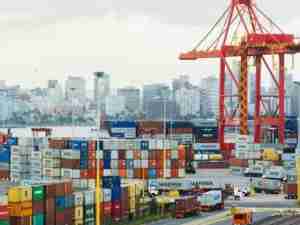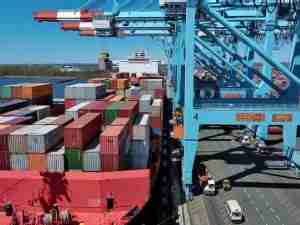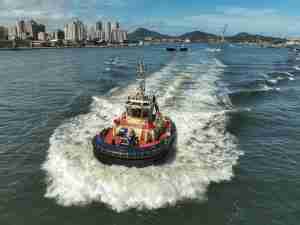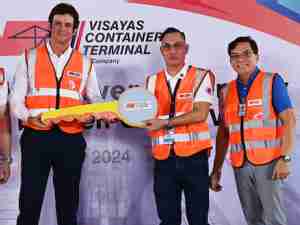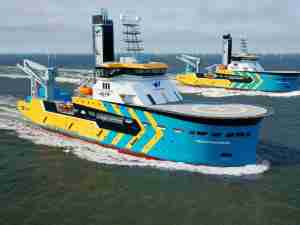“Class 7” trucks are smaller and less powerful than “Class 8” trucks, which are typically used in the movement of shipping containers to and from ports. Under the Clean Trucks Program, Class 8 trucks are subject to strict emission standards and older models have been progressively banned from terminals since the program began in 2008. Class 7 trucks, which are typically not used in drayage, were not included in the Clean Trucks Program.
The program banned virtually all Class 8 trucks that did not meet 2007 emission standards earlier this year. Since then, some trucking companies have begun using older Class 7 models to move lighter loads like empty containers. As many as 550 of the Class 7 trucks may be operating in the San Pedro Bay area, accounting for 2 to 3 percent of truck moves.
The Board on Monday authorized Port staff to draft revisions to the Clean Trucks Program that would ban older Class 7 trucks and to draft requirements similar to those in effect for Class 8 trucks. The California Air Resources Board (ARB) and the Port of Los Angeles will be taking similar steps.
The Board also authorized staff to find a way to penalize trucking companies that employ “dray-offs,” or switch cargo from a Clean Trucks Program compliant truck to a polluting truck once the vehicle is outside a cargo terminal. Although, there are no statistics on dray-offs, there is anecdotal evidence that a few companies are using the practice to circumvent the Clean Trucks requirements.
The use of older, more polluting Class 7 trucks and dray-offs give firms an unfair advantage over trucking companies that follow the letter and the spirit of the Clean Trucks Program.
The Clean Trucks Program is landmark pollution control measure that has successfully removed the oldest and dirtiest trucks from port service while reducing truck-related pollution in the port complex by 80 percent, two years ahead of schedule.
